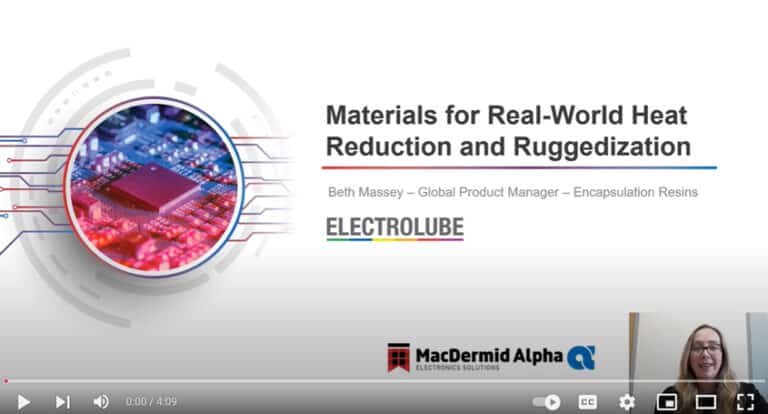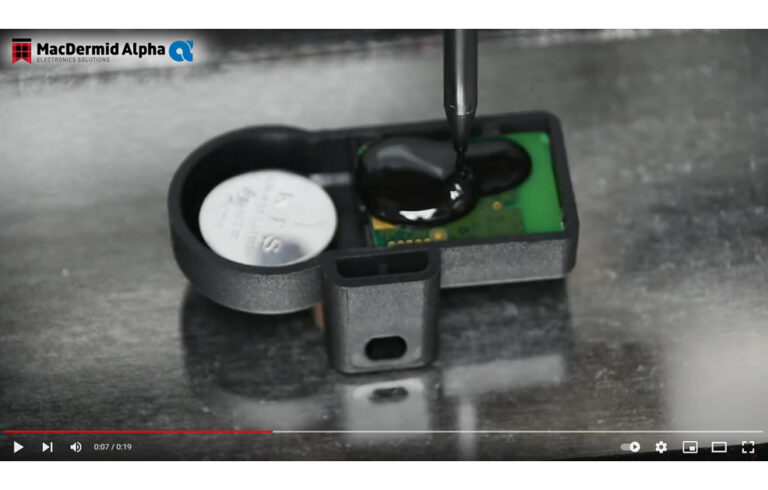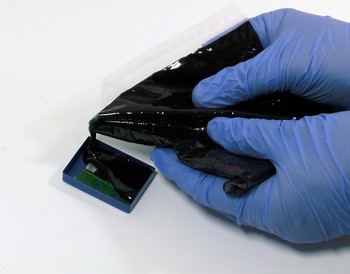The need to reduce climate change is prevalent, with global recognition of its impact resulting in many targets being put into place to ensure that dramatic changes in our energy usage occur. The EU has devised the 2020 package with reductions based on 1990 levels. The package includes a 20% cut in greenhouse gas emissions, 20% of energy from renewable sources and a 20% improvement in efficiency by 2020(1). Some countries also have their own targets; for example, the UK is looking to achieve an 80% reduction in greenhouse gas emissions by 2050(2). As a consequence, the dominance of energy derived from fossil fuels is no longer considered appropriate in some quarters. In a technological age where energy is so important to our everyday lives, it is imperative that we focus on increasing our energy efficiency across all industries and with that thought in mind, we shall discuss power electronics.

Power electronics provide the efficient conversion of electrical energy, typically involving a change to the voltage or current level and/or frequency. The power levels involved can range from very low to very high, mW to GW (for example), therefore the applications are wide ranging. There are some obvious examples where the level of energy efficiency is a critical factor for success and these include the automotive electric vehicle and LED industries. Wireless phone charging, connection of renewable energy sources, power distribution and sensor technology are a few more key areas. So how do we improve our energy efficiency across the spectrum of these areas? The design of these electronics is clearly the most important factor, but in order for these electronics to work and achieve maximum efficiency under a variety of conditions, the use of thermal management materials and protective products may be the vital step towards achieving these targets to fully maximise the efficiency and reliability of power electronics.
There are two key areas where such substances can be used; at component level and device level. At component level, we are typically referring to thermal management. Components, such as a resistor, will generate more heat when more power is applied, however, if this heat is not properly dissipated, the operating temperature of the component will increase to such a point that it may eventually fail. A thermal interface material (TIM) can be used to improve the conduction of heat through to a heat sink. During this process, heat is radiated to the surrounding environment by means of convection. The use of TIMs improves the efficiency of heat transfer and by helping to reduce the operating temperature of particular components, or the PCB as a whole, the efficiency of the device is also improved, consequently reducing energy usage. TIMs can also provide a good compromise of increased performance without the negative impacts of increased board weight or size. This provides PCB designers with additional thermal management options for thermal back planes or heavy board traces, for example.
The type of thermal management product can also have an impact on the efficiency of heat transfer. With these products, particularly in the case of TIMs, the thickness at which the product is applied affects the thermal resistance at the interface. TIMs are designed to be applied in thin, even films. With any thermally conductive material, it is very important to ensure that the interface between the device and heat sink is completely filled and all air is displaced. Ensuring all air is excluded from the interface leads to a lower thermal resistance and lower device operating temperature. The thermally conductive heat transfer compound will have a lower thermal conductivity than the heat sink material. Therefore, keeping the thickness of the film at the interface as low as possible will decrease the thermal resistance and in turn lower the operating temperature.
TIMs can range from thermal pastes/greases, bonding products such as RTVs and chemical cure compounds to solid gap pads. Phase change materials are a newer example of TIM technology, designed to combine the very low thermal resistance achieved using a thermal paste, with the stability of a cured or solid material, such as an RTV or gap pad. During use, the properties change state from a solid to a liquid and back again, depending on the temperature of the application. Each phase change material will have its own activation temperature, at which the change of state occurs. Once this temperature is reached the ability of the phase change material to become softer, allows the product to fully conform to the contours of the substrate, filling in the interface at a minimal bond line thickness. This in turn, results in very low thermal resistance and maximises the efficiency of heat transfer.
Some examples of where Electrolube products have been used for power electronics applications include TIMs for IGBTs in power distribution products, gap filling and TIM applications to transfer heat from components to the outer metal casing in a variety of automotive devices, such as battery chargers, and the use of TIMs for heat dissipation within drivers for LED billboards. All of these applications provide their own challenges. IGBTs have a large surface area and are subject to thermal cycling, generating a pump-out/shear effect through changes and variances of CTEs. Pump-out can represent a significant challenge but can be mitigated via a product specifically designed to resist pump-out of the thermal interface layer from the bond line hence ensuring minimal degradation of effective heat dissipation. Gap filling applications in the automotive sector are subject to many different environments, as well as the effects of vibration. None of these applications faced continuous and stable environmental conditions, which leads us to the next part of this discussion, the protection of power electronics to increase reliability.
A finished unit or PCB will operate under standard ambient conditions, however, there are always external factors such as condensation, corrosive gases, salt mist, airborne contamination and thermal changes, which will impact the working life of the device. Products such as conformal coatings and encapsulation resins are used to protect PCBs from these external influences, in turn, increasing both reliability and lifetime. Power electronics push performance expectations further in terms of efficiency and every detail is important, including the protection of electrical contacts and connectors using contact lubricants to ensure stable electrical transfer.

A couple of examples where Electrolube products are used within power electronics to improve device lifetime and reliability, include conformal coatings for power control units within digital substations and resins for encapsulating solar inverters. Both of these applications had their own challenges; the solar inverter also required heat dissipation through the encapsulation resin, maintaining the operating temperature of components within the desired ranges. The coating for power control units needed to offer protection against moisture and corrosive gases, but also required quick and easy application on complicated PCB designs where connectors could not be masked. A thorough understanding of the environmental conditions is therefore imperative to the successful choice of protection compound.
To summarise, power electronics is clearly a rapidly expanding and vitally important market. If we are to achieve our goals for a more energy efficient future, we must focus our attention to the small details, some of which may seem insignificant at first, but ultimately, will allow power electronics to function in the vast array of applications in which they may be utilised. It is the crucial understanding of application conditions which will allow the use of thermal management and environmental protection products to increase the efficiency and reliability of power electronic devices. Finally, with collaborative working throughout the design process, we can further improve on the remarkable and extensive advancements that have already been made in this industry.












